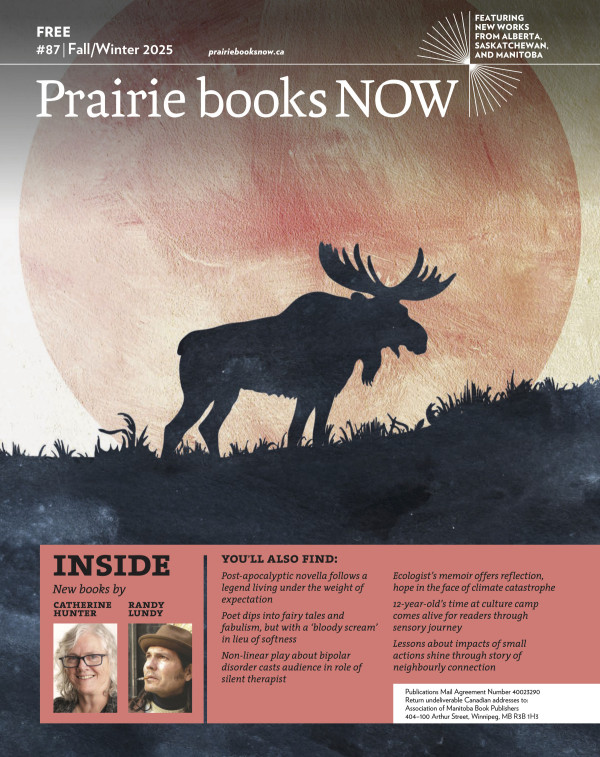To transmit the beauty and mystery of the West Coast in instinctive and rhythmic verse – this is what the Swiss-born poet Gaspard Amée manages to achieve with his first collection of poetry Sasamat, whose title evokes a lake located near Port Moody in British Columbia. Sasamat continues and deepens the trend among the poetry collections published in Les Éditions du Blé’s Nouvelle Rouge collection of exploring a human experience attuned with its ecosystem.

- Sasamat
- Gaspard Amée
- Les Éditions du Blé
- $15.00 pb, 72 pages
- ISBN: 978-2-924915-98-1
Nature is in the foreground and serves as a springboard for meditations that breathe serenity in words set down like measured dance steps. “Everything starts with the rhythm or music of the words,” says Amée. “The arrangement and the layout aim to let the words breathe and the sequences of words resonate.”
The landscapes, waterways, fauna, and flora are represented in crystalline and refreshing images that deliver the same tranquility as the wide open spaces that shelter them.
Photography is part of the author’s creative practice, and he takes a lot of photos on a daily basis. “I am fascinated by these silent places, reproduced in photographs, that we can ‘inhabit’ on paper, in complete freedom.” The photos he chose to include in the pages of Sasamat were taken at the same time as the poems were written.
“I see the images in this collection as windows. They constitute close or distant echoes of the texts, but they are not exact reflections or illustrations,” says Amée.
“A reader told me that for her, it was a way to discover another side of the texts. In my mind, the images take over the poems a bit, and vice versa, in this loop that is Sasamat.”
_copy_800_998_90.jpg)
The “game of ricochets” that occurs between the visual and the textual also occurs between the inside and the outside: what belongs to oneself and to others, what links humans to the environment. These poems demand to be whispered into an ear or shouted from the top of a mountain.
“There is a sort of permanent tightrope-walking between interior and exterior,” says Amée. “Besides, I fear nothing so much as closed curtains! By going out, by walking, we make our inner world ‘dialogue’ with all kinds of other worlds. But this exchange is fragile. I believe that the border between interior and exterior is thinnest in these moments.
“And I believe that spending time alone outside is one of the best ways to cultivate your inner garden(s).”











